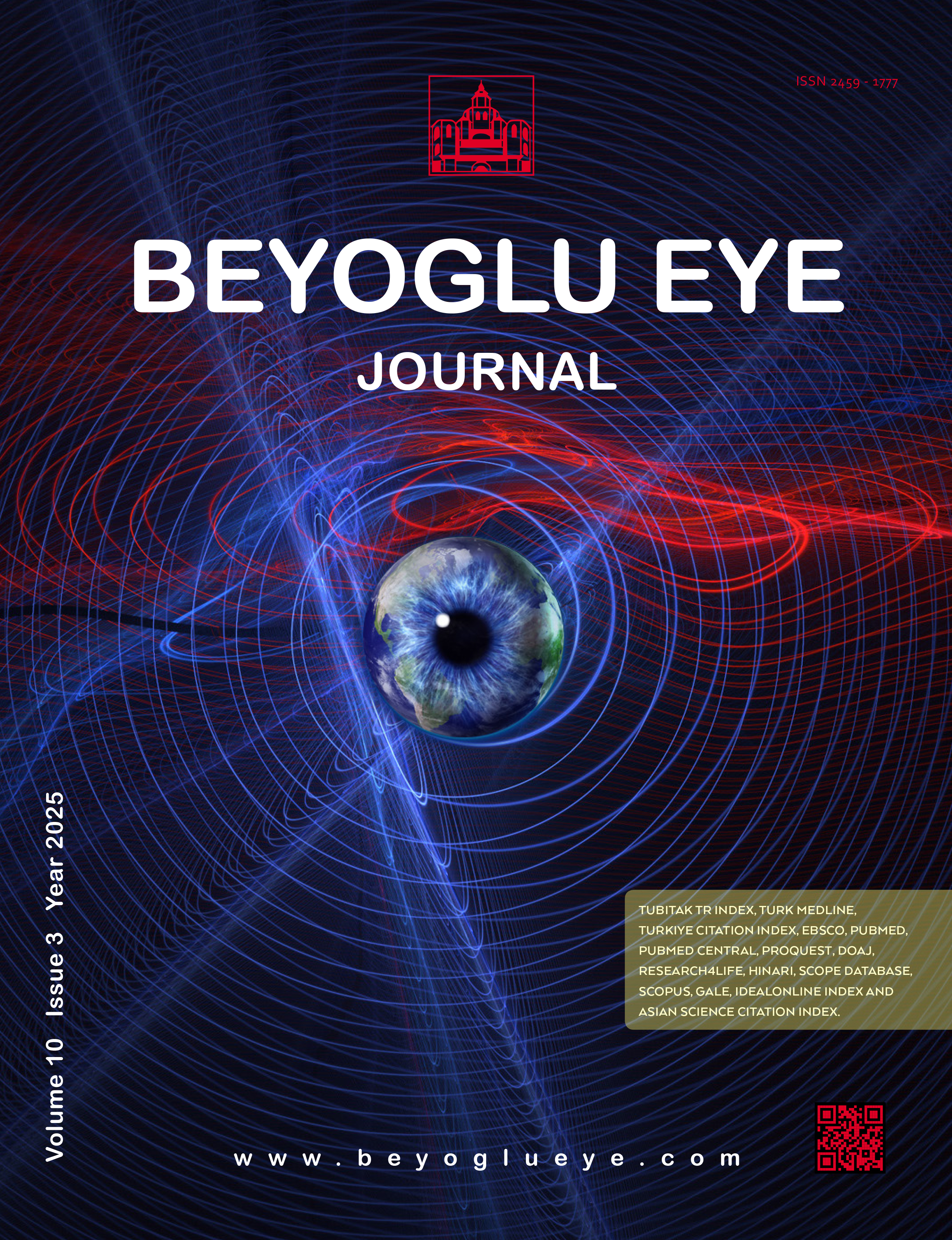
Outcomes of Laser Hyaloidotomy in Premacular Hemorrhage: Identifying Predictors of Treatment Success and Need for Vitrectomy
Ramesh Venkatesh, Karishma Tendulkar, Vishma Prabhu, Prathibha HandeDepartment of Retina and Vitreous, Narayana Nethralaya Hospital, Bangalore, IndiaOBJECTIVES: This study aimed to evaluate the outcomes of laser hyaloidotomy (LH) in treating premacular hemorrhage (PMH) and identify factors influencing treatment success.
METHODS: In this retrospective cohort study, patients with PMH of any etiology treated with LH were included. Patient demographics and PMH characteristics were documented. Treatment efficacy was assessed based on successful hyaloid puncture, blood drainage into the vitreous cavity, and the need for pars plana vitrectomy (PPV).
RESULTS: A total of 56 eyes from 51 patients (36 males, 15 females; mean age: 46.32±15.07 years) underwent LH for PMH (all cases had subhyaloid hemorrhage). The median symptom duration was two days (range: 030 days). The mean time in- terval between advising and performing LH was 4.92±12.82 days. Pretreatment visual acuity ranged from counting fingers to 6/36. LH was successful in 14 eyes (25%), while 42 eyes (75%) failed, primarily due to non-drainage of PMH (32 eyes, 76%) or persistent vitreous hemorrhage (10 eyes, 24%). PMH secondary to proliferative diseases universally requires PPV. PMH located within the retinal arcades or closer to the presumed fovea was more likely to necessitate PPV (p=0.001).
DISCUSSION AND CONCLUSION: LH demonstrated limited efficacy, particularly in PMH associated with proliferative diseases or in those confined within the inferior retinal arcade. These cases frequently required early PPV. Incorporating vitrectomy into the initial treatment strategy may optimize outcomes for specific PMH subgroups.
Manuscript Language: English









